NBA and NBPA: A Glimpse Into Negotiations At the Table
By: Ken R. DeStefano
NOTE: This is the Fourth in a series of articles about collective bargaining in the NBA. We often hear about the NBA’s Collective Bargaining Agreement when issues arise with contracts, trades, lockouts, strikes, and player disciplinary proceedings. This series seeks to enhance the understanding of the CBA by providing context to the creation and implementation of the governing document between the NBA and the National Basketball Players Association.
The League and the Players Association now sit across from the table, ready to exchange proposals. Tension and angst fill the room, but there is so much fake ease and relaxation that Oscars should be awarded. Everybody takes their seat middle-out (think Da Vinci’s The Last Supper), often after lengthy internal discussions about who fancies themselves Jesus and John in the middle, and who is willing to be Simon and Bartholomew at the ends.
Seating will be influenced by roles. Each side will have a primary spokesperson–a chief negotiator, president/commissioner/executive director or lawyer. That person will sit in the middle, flanked by the others. The spokesperson should be the only speaker the vast majority of the time for their side, although the team may pre-plan that certain other bargaining team members will address certain issues. For example, the League may designate the representative from the Charlotte Hornets to address a proposal involving small market teams, or the Association may designate a non-superstar to discuss the Veteran’s Minimum contract.
A designated notetaker–responsible for keeping the official notes for each side–will sit towards the middle. Those notes will be critical for future negotiation sessions, and if there is ever a dispute about the meaning of a proposal or term. Moving out from the middle, the pecking order diminishes out to the ends–unless an alpha decides to sit at the very end in a power move.
Prior to exchanging proposals, the parties may propose and agree (or not agree) to “Ground Rules.” Ground Rules are mutual understandings of how the negotiation will be conducted. They may contain provisions such as, “Negotiations will typically be not more than four (4) hours in length, unless mutually agreed by the parties,” “No new proposals may be asserted after the fourth (4th) bargainig session,” or even, “Neither side will issue a statement to the press without giving the other side at least twenty four (24) hours notice.” Although of questionable effective enforceability, Ground Rules can be helpful in achieving a negotiated agreement.
The lead negotiator holds that side’s proposal sheet, with enough copies for everybody on the other negotiating team. The proposal sheet will list any number of independent proposals, and will be numbered as “Association (or League) 1,” “Association 2,” etc., and could look like the following:
A1: Modify the first sentence of Article II (UNIFORM PLAYER CONTRACT),Section 9. (10-Day Contracts), (c) as follows: “No Team may enter into a 10-Day Contract with the same player more than once twice during the course of any one Season.”
A2: Modify the third sentence of Article III (PLAYER EXPENSES),Section 1. (Moving Expenses), (a) (Moving Expenses) as follows: “Upon receipt of such estimate from the player, the Team shall, within 5 10 days, either agree to reimburse…”
The proposals will be passed across the table to each bargaining team member. One of the lead negotiators will then utter the million dollar word: “Caucus.” At least one of the bargaining teams will leave the room and go to a separate place for internal, team discussions. The other may stay in the same room, or could go to its own caucus room.
The caucus is a break in negotiations where each bargaining team gathers together to have private discussions. During this caucus, each side will review the other side’s proposals to determine if clarification is needed for any proposal. The only purpose is to determine if there is confusion about what the other side is seeking. At this point, there is rarely discussion about the merits of a particular proposal, or whether a particular proposal should be accepted or rejected. This is meant to be a short break, and those discussions happens later. For example, the League might be unsure if the word “days” in A2 refers to calendar days or business days. The team will decide if there are any questions for clarification, and chief spokesperson and notetaker will create a list. The parties will reconvene when both are ready, and the spokespersons will ask their team’s questions and respond to the other side’s questions in turn.
Prior to the conclusion of the very short first negotiation, the parties will take out their calendars and agree on dates for future negotiations (or a process to determine dates). The meeting will end, and the parties will separate. Either side might linger to discuss the substance of the proposals, or to agree on dates and times of internal team meetings prior to the next negotiation. Those internal team meetings will be the subject of our next article.
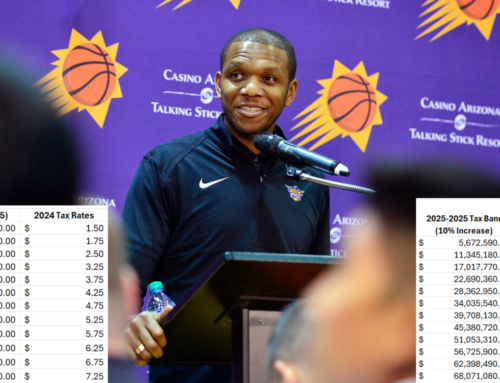
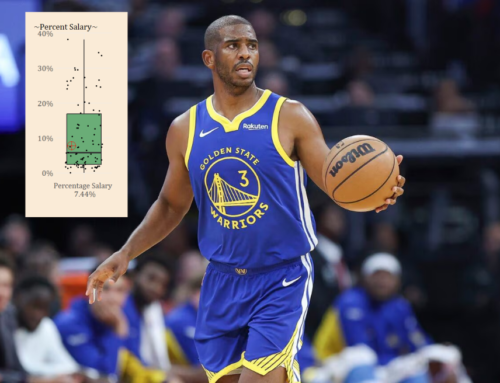
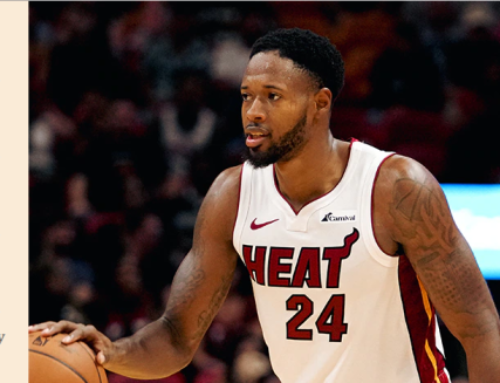
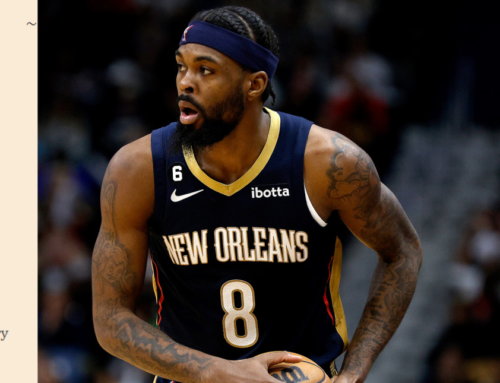
Leave A Comment